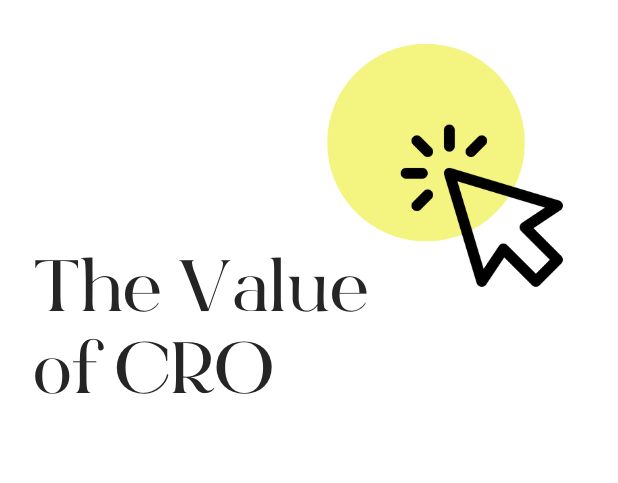Establishing a strong brand positioning is just one of the many important steps in developing your holistic brand strategy. Brand positioning refers to the unique value that your brand offers to your customers and how it is perceived by them in comparison to your competitors. It is an essential aspect of building a successful brand, as it helps define your target audience, set your brand apart from the competition, and guide your marketing efforts. Here are the steps to determining your brand positioning:
Define your target audience:
The first step in determining your brand positioning is to define your target audience. This includes understanding their needs, preferences, and behaviors. Consider factors such as demographics, lifestyle, and values to get a clear picture of who your target audience is.
Identify your competitors:
Understanding your competitors is crucial for determining your brand positioning. Research their brand positioning and identify their strengths and weaknesses. This will help you understand where your brand fits in the market and how you can differentiate yourself from your competitors.
Define your brand’s unique value proposition:
Your unique value proposition (UVP) is the unique benefit that your brand offers to your customers. It should be specific, measurable, attainable, relevant, and time-bound (SMART). Your UVP should be the foundation of your brand positioning, as it should reflect the unique value that your brand offers to your target audience.
Develop your brand positioning statement:
A brand positioning statement is a short, concise statement that defines your brand’s unique value proposition and target audience. It should be clear, memorable, and differentiate your brand from your competitors. For example, Nike’s brand positioning statement is “For serious athletes, Nike gives confidence and support with the best in sports technology and design.”
Test and refine your brand positioning:
Once you have developed your brand positioning statement, it’s important to test it with your target audience to ensure that it resonates with them. Use focus groups, surveys, or other research methods to gather feedback and make any necessary adjustments to your brand positioning.
Once you have determined your brand positioning, it’s important to implement it consistently across your website, social media channels, email marketing, and any other marketing materials. Consistency is key to building a strong and recognizable brand. Determining your brand positioning helps define your target audience, set your brand apart from the competition, and guide your marketing efforts. By following the steps outlined above, you can develop a clear and compelling brand positioning that resonates with your target audience and differentiates your brand in the market. With a solid brand positioning, you can move forward with developing your brand messaging strategy and visual identity.
About BuzzShift
BuzzShift is a digital strategy agency on a mission to grow mid-market, purpose-driven brands with the power to positively impact society and improve people’s lives. By combining the ideologies of branding, performance marketing, and retention agency, we can create memorable experiences with measurable results and build long-term success for our clients. Learn more about BuzzShift.







